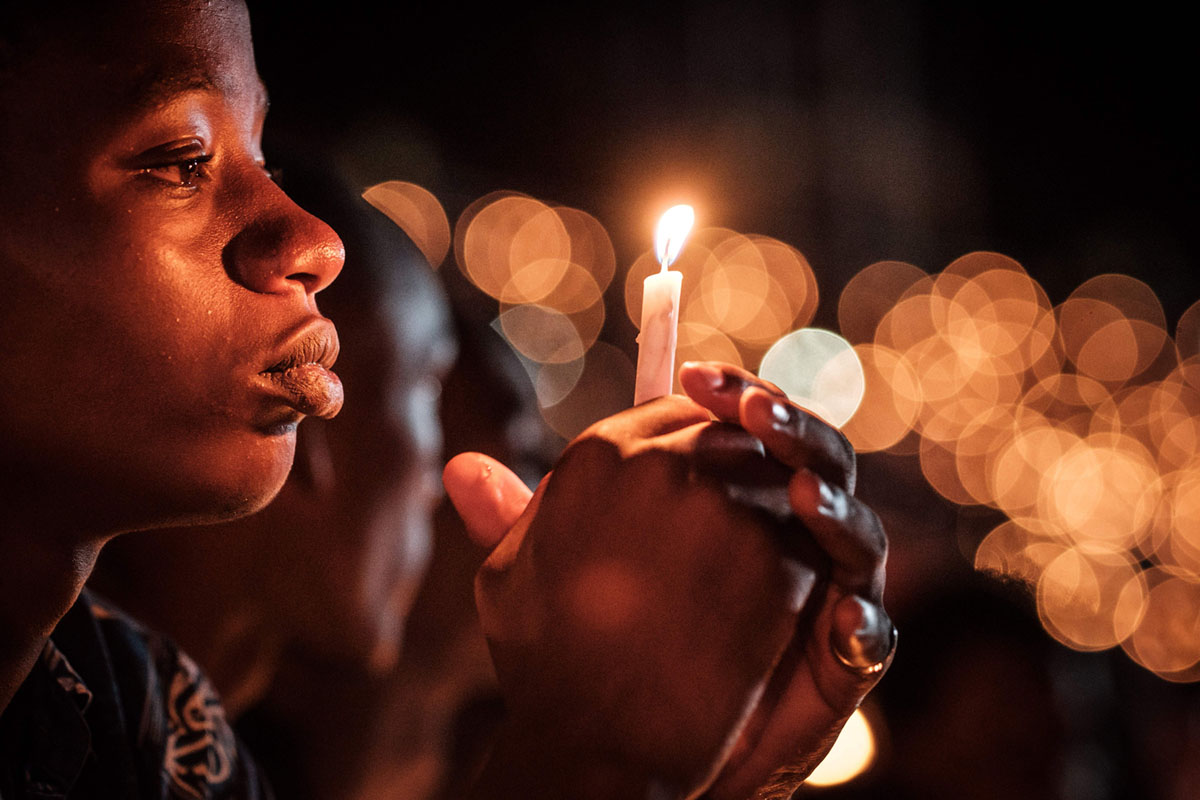#HTE
Rwandans Commemorate 25 Years Since Genocide (14 photos)
On April 7, 1994, long-standing tensions between Rwanda’s majority Hutu population and Tutsi minority erupted into mass slaughter, following the killing of Rwanda’s President Juvenal Habyarimana. Over the next 100 days, more than 800,000 Tutsis and moderate Hutus were killed by members of the Hutu majority, in massacres carried out across the country by members of the army, militias, and civilians. Yesterday, a quarter of a century later, Rwandans held memorials in Kigali, and began a 100-day-long period of mourning. As the country continues to find ways to deal with the consequences of the mass violence, one path has led to the creation of six “reconciliation villages” in Rwanda, populated by genocide survivors who offer forgiveness, living side-by-side with perpetrators who have recently been released from prison, who seek to apologize and atone.

https://www.theatlantic.com/photo/2019/04/rwandans-commemorate-25-years-genocide/586681/
